After 25 Years, Street Fighter III: 3rd Strike Remains Popular
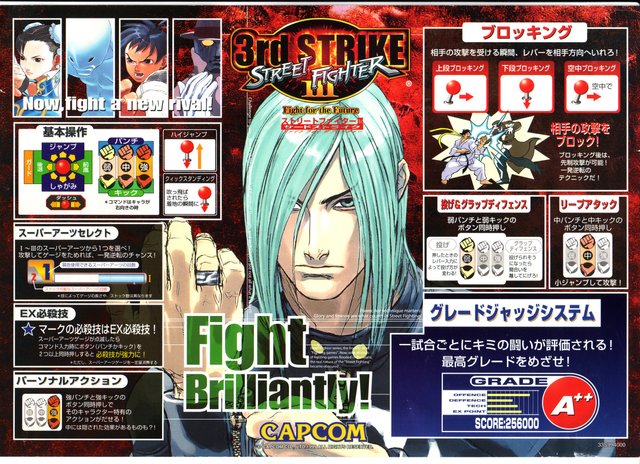
In 1999, Capcom launched “Street Fighter III: 3rd Strike” to arcades across the globe. It launched on the Sega Dreamcast a few years later making it the game’s first console release.
This game is listed as one of the best fighting games for the Dreamcast.
The game is the third installment of Capcom’s “Street Fighter III” franchise which began with “Street Fighter III: New Generation” followed by “Street Fighter III: 2nd Impact.” While the first two installments of “Street Fighter III” received positive reception, “Street Fighter III: 3rd Strike” made it shoot through the ceiling.
To celebrate the game’s 25th anniversary, “Street Fighter III: 3rd Strike” is part of this year’s lineup at the upcoming EVO 2024 in Las Vegas this July.
For those who don’t know, “Street Fighter III” takes place years after the events of “Street Fighter II” (and its enhanced ports), where Shadaloo is replaced by the Illuminati who conspires to dominate the world.
Replacing M. Bison, who seemingly perished after “Street Fighter V” (until Capcom confirmed his return in “Street Fighter 6” as part of the Year Two Character Pass), is the mysterious Gill who is cheap in his own right. If you thought getting whopped by M. Bison and his Psycho Power was bad enough, Gill has this cheap Super Move called “Resurrection” which activates after you K.O him if he has a full Super Meter.
Gill has a unique design, though, where one-half of his body is red and the other half of his body is blue, which signifies his powers over fire and ice. Depending on the side of the screen Gill is facing, he will use either fire or ice powers.
Even though Ryu is the star, his “main character” status was taken and given to Alex.
Alex is dragged into the fray when his foster father, Tom, gets defeated by Gill. Swearing revenge, Alex seeks Gill. This is what Gill wants because Alex possesses something special (which is implied in Alex’s “Street Fighter V” story mode).
Gill’s villainous brother, Urien, was introduced in “Street Fighter III: 2nd Impact,” which also reintroduced Akuma.
But what is so f–king special about “Street Fighter III: 3rd Strike,” you ask?
The game left a huge impact on the fighting game world for starters. It is one of those games that made Capcom one of the biggest studios in the fighting game genre.
When you compare the game with the previous two versions, “Street Fighter III: 3rd Strike” tried something different and it paid off. That infusion of urban music into the game created a memorable soundtrack.
It birthed the fusion of hip-hop and fighting game culture. The world of “Street Fighter 6” is a prime example of that fusion.
The developers added new gameplay mechanics such as the “Judgment” and “Guard Parry” systems.
Chun-Li, who debuted in “Street Fighter II” as an Interpol officer seeking revenge on M. Bison, was reintroduced in “Street Fighter III: 3rd Strike” as a woman who is semi-retired on the force and spends most of her time running an orphanage.
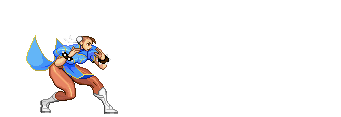
Four new characters were introduced: Makoto, Remy, Twelve, and Q.
Makoto’s introduction was unique because she was the first Karate user in the franchise not to be a “Shotoclone.” That meant she didn’t have a projectile, a flying uppercut, or a hurricane kick in her arsenal.
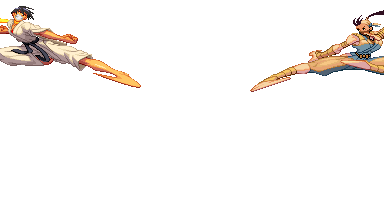
Remy’s introduction was unique because he shattered the stereotype of the typical French fighter. He filled the role of the charge character in place of Guile from “Street Fighter II” and Charlie from “Street Fighter Alpha.”
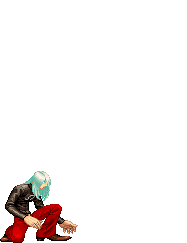
Twelve was introduced as an improved test subject after the Illuminati considered Necro a “failure.” This unique fighter has a special move called “X-COPY” which allows him to transform into his current opponent and use their moves.
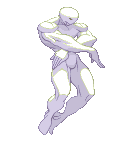
Q was not only introduced as a new character but also as a secret mid-boss character you’d got to fight if certain conditions were met. This was the reason Q was never given his stage while he was given his music track. It was also Q’s introduction that brought the CIA into the franchise which led to Crimson Viper’s introduction in “Street Fighter IV.”

It’s great to see “Street Fighter III: 3rd Strike” aging well.
.jpg)
University of California - Berkeley took notice of the game’s popularity when it introduced its first-ever course on fighting games. The course is called “The Art of Fighting Games” and is currently in its first term.
The curriculum of the first term is to download Fightcade to play “Street Fighter III: 3rd Strike” which is the core focus. One of the assignments of the course requires students to parry Ryu’s “Denjin Hadouken” Super Art.
Students are also required to watch the short video on YouTube about INFINITE’s creation of the opening theme along with researching the history of Japan’s hip-hop culture. This shows the everlasting impact of “Street Fighter III: 3rd Strike.”
Besides receiving a port on the Dreamcast, the game was ported onto the PlayStation 2. A remastered version called “Street Fighter III: 3rd Strike Online Edition” was created with a new introduction track.